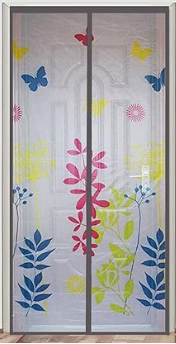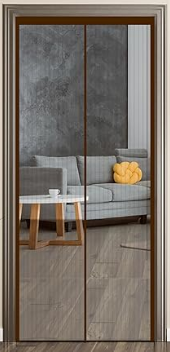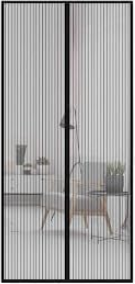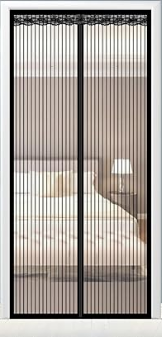Enduring Legacy of the Mosquito Net
In a world full of scientific discoveries and technological wonders, the mosquito net offers a straightforward yet incredibly powerful defense against one of humanity’s oldest enemies. In both ancient and contemporary communities, the mosquito net has proven to be an enduring protector against the constant buzzing of disease-carrying mosquitoes.
Innovation:
As civilizations flourished across the globe, so too did the development of mosquito netting. In Asia, traditional bamboo frames were used to support finely woven silk or cotton nets, offering protection against mosquitoes while allowing for airflow in the hot, humid climates.
Traditional materials were replaced by synthetic fibers like polyester and nylon, which increased the affordability, durability, and light weight of nets. Furthermore, the development of insecticide-treated nets (ITNs) in the middle of the 20th century was a game-changer for attempts to prevent malaria, since it significantly decreased the rate of transmission and saved countless lives in areas where the disease is endemic.
Here are top selling Magnetic Mosquito Net for Doors:
1. LifeKrafts Polyester Door Mosquito Net with Magnets

2. UPGRADED Magnetic Mosquito Net For Door

3. Classic Mosquito Net Polyester Magnetic Mosquito Net for Door

4. PETONST Magic Mesh Magnetic Mosquito Screen Door Net

5. Kuber Industries Polyester -Magnetic Mosquito Net

6. TurtleGrip Polyester Door Mosquito Net

7. SafeMyles Polyester Door Mosquito Net

8. Kolar Mosquito Net for Door

The development of human civilization and the history of the mosquito net are interrelated, dating back thousands of years. According to historical accounts, the Romans and Egyptians used several kinds of netting to keep insects out of their bedrooms. These crude nets offered a meager line of defense against mosquito bites and the diseases they carried. They were created from materials like braided plant fibers or animal hides.
Designing for Effectiveness
A mosquito net’s design is just as important as its materials in determining its effectiveness. Contemporary mosquito nets are made to fit different needs and circumstances, and they are available in a wide range of sizes and designs. From inventive pop-up tents for outdoor usage to traditional rectangular nets draped over beds, designers have consistently pushed the limits of practicality and ease of use.
Modern mosquito net designs are the result of technological developments in recent years. Travel-friendly, ultralight nets provide protection without sacrificing portability, and sophisticated mesh fabrics improve visibility and ventilation. Furthermore, ingenious adaptations like window screens and hammock nets accommodate a variety of lifestyles and living situations, guaranteeing that no one is left susceptible to diseases spread by mosquitoes.
Effects on Health
Global health outcomes have been significantly impacted by the widespread use of mosquito nets, especially in areas where malaria and other mosquito-borne illnesses are prevalent. The provision of mosquito nets to populations in need has been led by organizations such as the World Health Organization (WHO) and the United Nations Foundation, which has resulted in notable decreases in the death and morbidity associated with malaria.
In addition to having a direct effect on illness prevention, the distribution of mosquito nets has given communities more autonomy over their own health and welfare. Campaigns to educate people on the correct use and upkeep of nets have given them the confidence to shield their family and themselves from mosquito bites, promoting a proactive health care culture that goes far beyond the use of a single net.
Obstacles to Overcome
Although mosquito nets are effective, there are still a lot of obstacles to their broad use, from logistical problems to cultural impediments. Distribution networks can not reach isolated areas without navigating complicated supply chains and physical constraints, and some groups may find it difficult to embrace and use nets due to disinformation.
The future of mosquito nets is promising and full of possibilities. Durability, affordability, and sustainability continue to increase as a result of advancements in materials science and production techniques. Furthermore, integrating mosquito nets into more comprehensive public health programs, such integrated vector control techniques, is essential to achieve long-term, sustained declines in mosquito-borne illnesses.
To Sum Up:
Amidst several risks to public health, the modest mosquito net serves as an example of human resourcefulness and adaptability. The mosquito net has become a symbol of security and optimism for millions of people worldwide, despite its modest beginnings in ancient civilizations and its crucial role in contemporary attempts to prevent disease.

